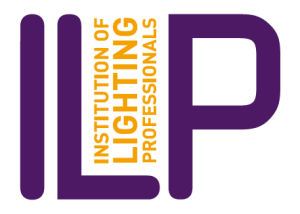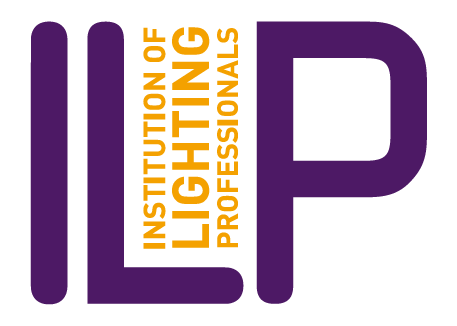Well-designed public realm lighting plays an essential role in making streets safer and more accessible for all, a report has concluded.
The report, ‘Creating a public realm for all’, from the Chartered Institution of Highways & Transportation (CIHT), makes it clear that good access is not just about physical accessibility but about needing to make spaces as inclusive as possible across the board.
As the report states: ‘There is no one-size-fits-all solution to designing public realm infrastructure. Apart from every scheme having different physical features and serving a variety of functions, how the public realm is used and designed must accommodate the requirements of a very wide spectrum of society’s accessibility, sensory, and mobility needs.
‘The demographic of all potential users needs to be understood and their requirements determined through appropriate participation before any proposals get set in stone.’
False sense of security
The report includes a section on lighting, where the CIHT emphasises that street lighting, being usually designed for illuminating the carriageway for motorised vehicles, tends not to be as good, or as helpful, as it might be for pedestrians.
‘Pedestrians require lighting that enables them to see people, facial expressions, uneven surfaces, and trip hazards. These needs are unlikely to be adequately served by lighting designed for motorised traffic,’ it argues.
Bright lighting, in turn, can give a false sense of security, as it reduces the capability of seeing beyond the brightly lit area, and it can make the person being lit very visible to others. ‘Lighting should avoid creating glare, confusing reflections, pools of bright light, and strong shadows. It is important to remember that what matters is what the eye can distinguish between foreground and background, not what the lighting measurement is at that point, so testing with people who are sensitive to such differences is crucial,’ the reports adds, in the process recommending the ILP’s guidance on lighting the public realm as being valuable in this context.
Heightened sensitivity
The report also notes the BSI’s document PAS 6463, which notes that people who experience sensory overload often have significantly heightened sensitivity to light (photophobia). ‘They can be adversely affected by lighting flicker, illumination level, colour, positioning, and number of light sources, all of which can impact on comfort levels and glare,’ the CIHT says.
In conclusion, the report sets out 15 key recommendations for making the public realm more inclusive and accessible.
These include aiming for ‘co-cultivation’, or continuous, meaningful engagement from inception and design through to construction, operation, and monitoring rather than simply high-level consultation on a scheme.
Those with lived experience are best placed to advise on how infrastructure can negatively impact them and how things can be improved, it also advises.
Anyone who purchases items for use in the public realm or designs schemes, and housing and retail developers should have received appropriate disability equality awareness training, it recommends.
The UK government should fund disability equality awareness training for all local authority personnel who are designing and changing the public realm, it also states.
CIHT chief executive Sue Percy said of the report: ‘We believe in working to improve EDI across the highways, transportation, and infrastructure sector. There is a significant overlap between social inclusion and our physical and mental health and wellbeing, so ensuring equitable opportunities for everyone to travel is essential.
‘This report helps transport professionals to recognise and respect people’s differences. We must be inclusive – in how we design, build, and maintain the public realm. This report does not have all the answers but will help you ask the right questions,’ she added.
The full report, including all 15 recommendations, can be found at:
https://www.ciht.org.uk/media/yfthfxfy/creating-a-public-realm-090724.pdf



